Surviving in emergency situations often hinges on the ability to create a fire. Fire not only provides warmth and a means of cooking but also serves as a signal to rescuers and a psychological boost in dire circumstances. This post aims to teach you various methods of starting a fire in an emergency, drawing from ancient techniques to more modern methods. Throughout the following sections, you will explore the science behind fire, the importance of preparation, and practical ways to use common and not-so-common tools for fire-making.
Contents
The Science Behind Fire

Fire is a fundamental element that has shaped human evolution, and it all comes down to a simple principle known as the fire triangle. This concept outlines the three ingredients necessary for fire: heat, fuel, and oxygen. Heat is required to initiate combustion, fuel (like wood or paper) sustains the fire, and oxygen supports the chemical reactions. Understanding this principle is key when trying to start a fire under less-than-ideal circumstances.
Beyond just the fire triangle, it’s crucial to understand how different materials interact with fire. For instance, some materials burn quickly and are ideal for starting a fire, while others burn slowly, providing the long-lasting fuel needed to keep the fire going. Knowledge of these principles can significantly improve your chances of successfully making a fire when you need it most.
Preparing For Emergency Situations
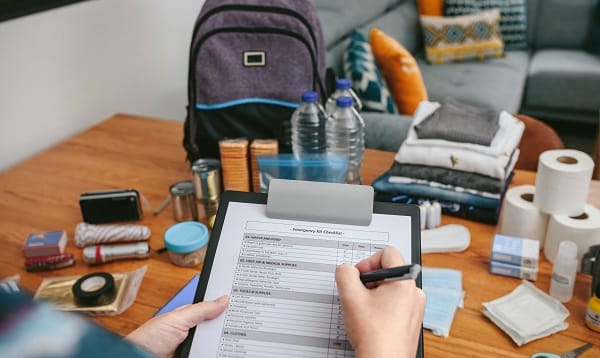
Preparation is half the battle when it comes to surviving emergency situations. Having the right tools readily available can make the difference between life and death. Among the essentials for any survival kit are fire-starting tools. These may include matches, lighters, fire starters, or even magnesium fire starters. Store these items in a waterproof container to keep them safe and functional even in adverse weather conditions.
However, having these tools is not enough; knowing how to use them effectively and safely is equally important. Always practice using these tools in a controlled environment before you find yourself needing to rely on them in a real emergency situation. Training can help you familiarize yourself with the tools and understand their limitations and strengths. In the next sections, you will learn more about the different methods you can use to start a fire.
Using Matches And Lighters

Matches and lighters are among the most basic tools for starting a fire. However, they require careful handling to be effective. When using matches, shield the flame from wind and rain by cupping your hands around it. Strike the match away from the body to avoid accidental burns. As for lighters, ensure they’re filled with enough fluid before heading out into the wilderness. Store them in a waterproof container to keep them dry.
It’s essential to remember that matches and lighters are not unlimited resources. You’ll need to use them sparingly and wisely, especially in prolonged survival situations. That’s where the preparation of your fire site and choice of tinder becomes critical. Use materials that catch fire easily, such as dry leaves, bark, or special fire-starting aids. Once the fire is lit, add larger pieces of wood to maintain it.
Flint And Steel Method

The flint and steel method is a time-tested technique for fire starting, harkening back to long ago ancestors. Essentially, it involves striking a piece of steel against a flint rock, producing sparks that can be used to ignite tinder. To use this method, hold the flint in one hand and the steel striker in the other. Strike the steel against the flint to generate sparks. Your goal is to direct those sparks onto a piece of tinder, which will then begin to smolder.
Once your tinder starts to smolder, gently blow on it to encourage the ember to grow. This requires patience and care, as too much force can extinguish the ember, while too little won’t provide the necessary oxygen. When the tinder finally ignites, transfer it to your pre-prepared fire site. Ensure you have small kindling on hand to add to the tinder and help the fire grow.
Hand Drill Method
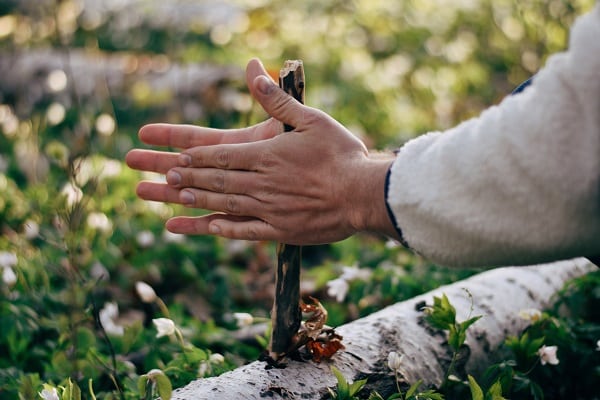
The hand drill method is a primitive but effective way to start a fire using friction. It involves using a stick (the drill) and a flat piece of wood (the fireboard). The drill is spun rapidly between the palms of your hands, causing friction against the fireboard and creating heat. This heat can eventually ignite a tiny piece of tinder placed in a notch in the fireboard. The key to this method is speed and pressure, but also the right choice of wood. Softwoods are generally the best, as they create more friction.
Once the tinder catches an ember, you will need to transfer it to a larger bundle of tinder. This is often referred to as a bird’s nest due to its shape and composition. The nest should contain highly combustible material, such as dried grass or bark. Blow gently on the ember until the bird’s nest starts to catch fire, and then transfer the burning tinder to your fire site, adding kindling and fuel to establish a steady fire.
Bow Drill Method
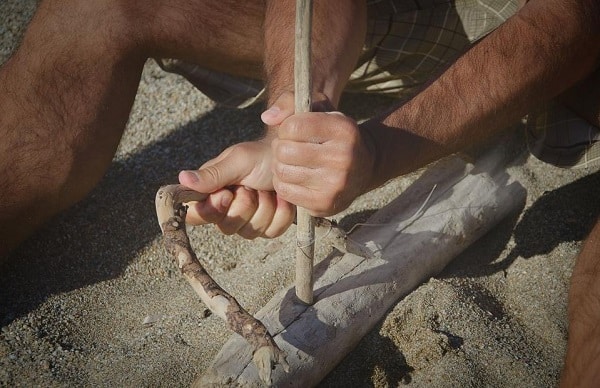
The bow drill method is another friction-based technique, but it offers an advantage over the hand drill method: it’s less physically demanding since it uses a bow to spin the drill. The bow, which is a curved piece of wood with a string or cord attached to either end, drives the drill against the fireboard. Much like with the hand drill method, this friction generates heat, which can ignite a piece of tinder.
When you have an ember, transfer it to a tinder bundle or bird’s nest. Blow on it gently to provide oxygen, encouraging the ember to grow until the tinder catches fire. Once again, the choice of wood for your drill and fireboard is critical, with softer woods generally proving more effective. The bow drill method requires practice to perfect, but it’s a highly valuable skill to master for emergency situations.
Using A Lens
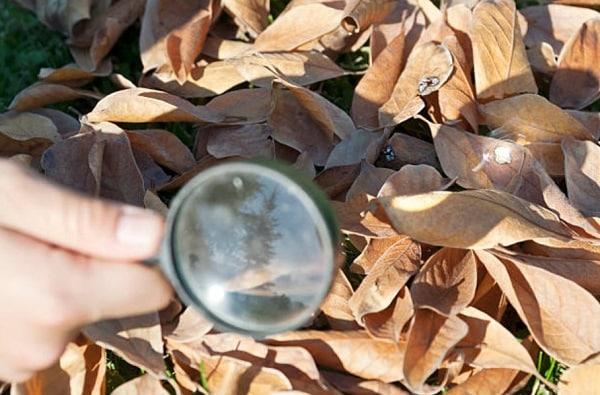
Starting a fire using a lens, or the concept of solar ignition, is a clean and renewable method that only requires sunlight and a magnifying lens. This could be eyeglasses, camera lenses, or a magnifying glass. The idea is to angle your lens towards the sun and focus the beam onto your tinder, concentrating the sun’s rays into a single, heat-intensive point. This concentrated heat can ignite the tinder, initiating a fire.
When you see smoke from the concentrated sunlight, gently blow on the tinder to feed the ember until it starts to flame. Then, transfer the burning tinder to your fire site and gradually add more tinder and kindling. Remember, this method only works in sunny conditions. It requires patience, as it may take longer than other methods, but it’s an excellent skill to have, particularly for those who often carry glasses or binoculars.
Utilizing Chemical Reactions
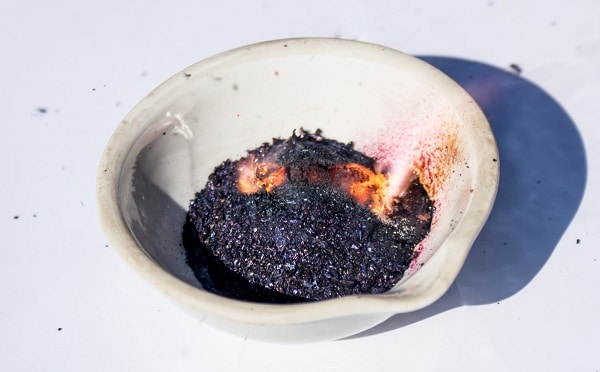
Starting a fire using a chemical reaction involves substances that react exothermically when mixed. One such combination is potassium permanganate and glycerin. Potassium permanganate is a common ingredient in many survival kits due to its versatility: it can be used for water purification, wound sterilization, and, in this case, fire-starting. When a few drops of glycerin are added to potassium permanganate, it initiates a chemical reaction that results in fire.
To use this method, make a small pile of potassium permanganate and create a depression in the center. Add a few drops of glycerin into the depression and step back. Within seconds, the mixture will start to smoke before bursting into flames. Ensure your tinder is ready to take advantage of this brief flame. It’s crucial to remember that chemical reactions can be dangerous, and this method should only be used when no other options are available and with appropriate caution.
Safety Measures And Fire Extinguishing
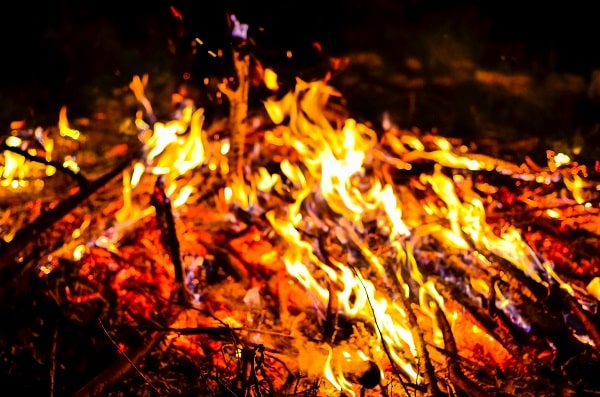
Fire is a powerful tool, but it’s also a potentially dangerous force if not managed carefully. Always clear the area around your fire to prevent accidental spread, maintain a reasonable distance from your fire to prevent injury, and never leave a fire unattended. In addition to this, it’s important to have a means of extinguishing the fire quickly if needed. This can be a large quantity of water or dirt if water is unavailable.
When it’s time to extinguish your fire, pour water on it and stir the ashes to ensure all embers have been soaked. If water isn’t available, burying the fire with dirt can be an effective alternative. However, it’s always preferable to use water to completely ensure the fire is out. It’s a basic principle of leaving no trace: fires should be completely extinguished, and the site returned to its original state as much as possible.
Be Prepared To Make A Fire In An Emergency!
Fire can be a beacon of hope in emergency situations, providing warmth, light, and a means to cook food. We’ve explored a variety of methods for starting a fire, from simple matches and lighters to friction-based techniques and even a chemical reaction. Practicing these skills is important before you find yourself in an emergency. Familiarize yourself with these methods, understand their nuances, and always be prepared. Remember, in the wild, fire is not just a tool; it’s a lifeline, and knowing how to create it can mean the difference between life and death.